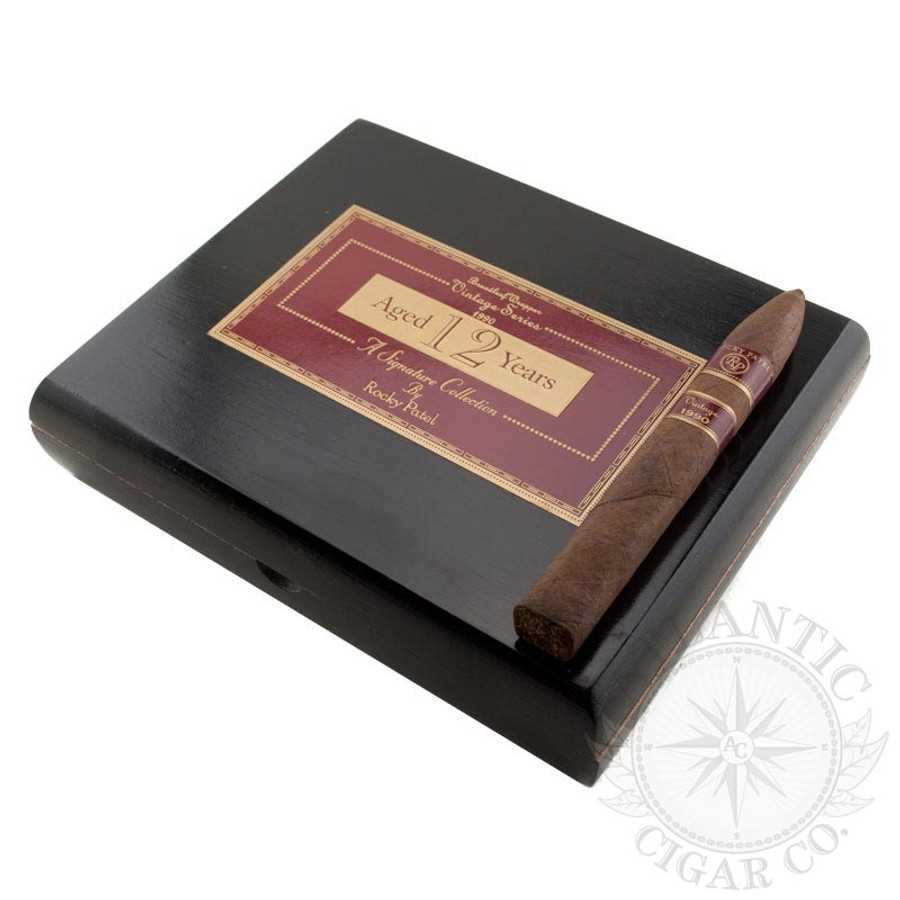Exploring the Significance of a Vintage Year for a Company or Product

A vintage year can be a turning point for a company, marking a period of innovation, growth, or transformation. It can be the year when a company introduces a groundbreaking product or service that revolutionizes the industry. This can result in increased market share, brand recognition, and customer loyalty.
For example, the vintage year of 2007 was significant for Apple Inc. as it marked the introduction of the first iPhone. This innovative product not only transformed the smartphone industry but also propelled Apple to become one of the most valuable and influential companies in the world.
Similarly, a vintage year can also be associated with a product that becomes highly sought after and desirable due to its exceptional quality, craftsmanship, or rarity. This can result in increased demand, higher prices, and a dedicated customer base.
Furthermore, a vintage year can also be a symbol of tradition, heritage, and authenticity. It can represent the legacy and history of a company or product, creating a sense of nostalgia and emotional connection with consumers.
A vintage year holds great significance for a company or product, as it represents a specific time period when something exceptional or noteworthy occurred. It can be associated with a particular milestone, achievement, or breakthrough that has had a lasting impact on the company or product’s reputation, success, and overall trajectory.
When a company or product has a vintage year, it becomes a point of reference and pride. It serves as a reminder of the hard work, innovation, and dedication that went into creating something remarkable. It becomes a symbol of excellence and sets the company or product apart from its competitors.
The Symbolism of a Vintage Year

A vintage year carries symbolic value, as it represents a moment in time that encapsulates the essence and spirit of the company or product. It becomes a story that can be shared with customers, investors, and stakeholders, creating a sense of nostalgia and emotional connection.
For example, a vintage year for a winery could be the year when the perfect weather conditions led to the production of an exceptional wine. This vintage year would be celebrated and remembered for the exceptional quality of the wine it produced, becoming a benchmark for future vintages.
The Impact of a Vintage Year

A vintage year can have a significant impact on a company or product in several ways:
- Brand Reputation: A vintage year can enhance the brand reputation and credibility of a company or product. It becomes a symbol of quality, craftsmanship, and expertise, attracting customers who value excellence.
- Marketing and Promotion: A vintage year provides a unique selling point for marketing and promotional activities. It can be used to create compelling narratives, highlight the company or product’s history, and differentiate it from competitors.
- Customer Loyalty: A vintage year can foster customer loyalty and create a sense of exclusivity. Customers who have experienced the exceptional qualities of a product from a specific vintage year are more likely to become repeat customers and brand advocates.
- Investment Value: In industries such as wine, art, and collectibles, a vintage year can significantly increase the investment value of a product. Collectors and investors are willing to pay a premium for products from exceptional vintage years.
How a Vintage Year Impacts a Company or Product
A vintage year can have a significant impact on a company or product, influencing its reputation, market value, and customer perception. When a company or product is associated with a vintage year, it often signifies a high level of quality, craftsmanship, and prestige.
One of the key ways a vintage year impacts a company or product is through its ability to create a sense of nostalgia and evoke emotions in consumers. A vintage year can remind people of a particular era or time period, bringing back memories and creating a connection between the product and the consumer. This emotional connection can lead to increased brand loyalty and customer satisfaction.
In addition to emotional appeal, a vintage year can also enhance the perceived value of a company or product. Consumers often associate vintage years with rarity and exclusivity, making them more willing to pay a premium price. This can result in higher profit margins for the company and increased revenue.
Furthermore, a vintage year can serve as a marketing tool for a company or product. By highlighting the significance of a specific year, companies can differentiate themselves from competitors and attract attention from consumers. This can be especially effective in industries such as wine, where the vintage year is a key factor in determining the quality and value of the product.
The Impact on Company Reputation
A vintage year can significantly enhance a company’s reputation, positioning it as a leader in its industry. When a company is associated with a vintage year, it suggests a long-standing history of excellence and expertise. This can attract investors, partners, and customers who value stability and reliability.
The Influence on Product Demand
A vintage year can also have a direct impact on the demand for a product. Consumers may actively seek out products from a specific vintage year, creating a higher demand and potentially leading to product scarcity. This can create a sense of urgency among consumers, driving up sales and creating a buzz around the company or product.

Emily Bibb simplifies finance through bestselling books and articles, bridging complex concepts for everyday understanding. Engaging audiences via social media, she shares insights for financial success. Active in seminars and philanthropy, Bibb aims to create a more financially informed society, driven by her passion for empowering others.
